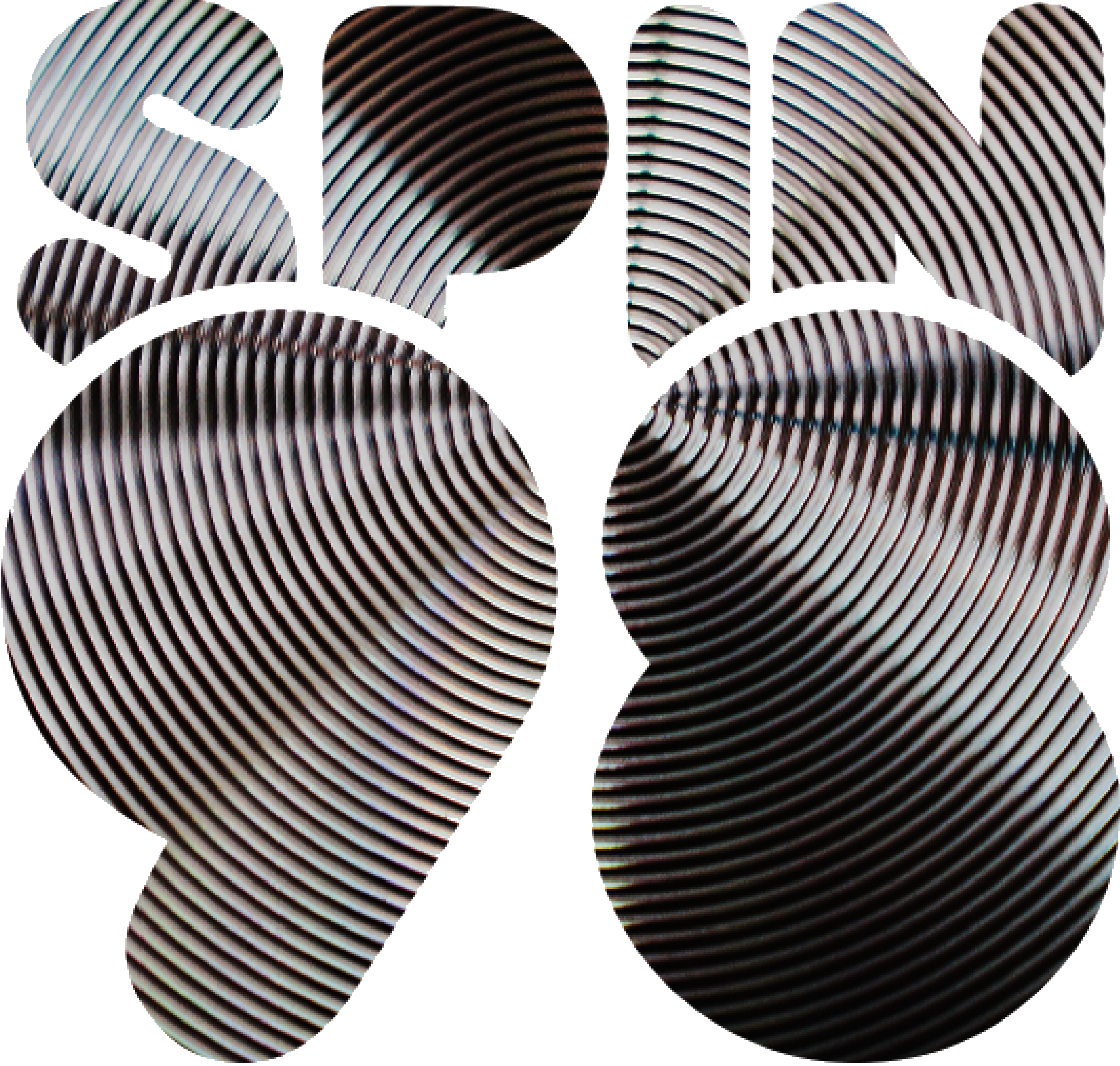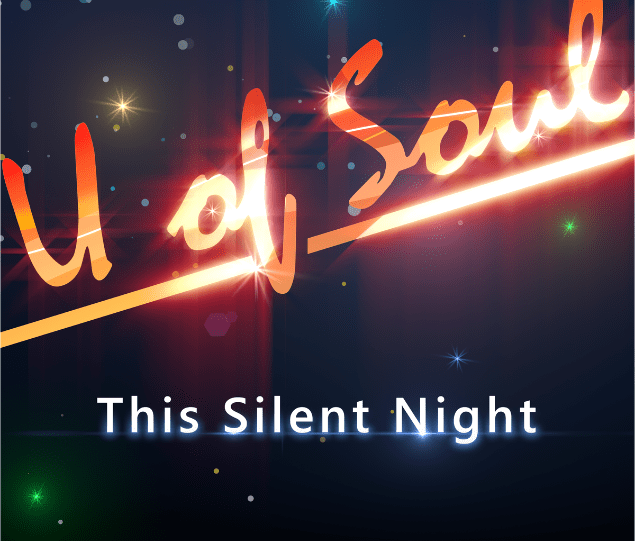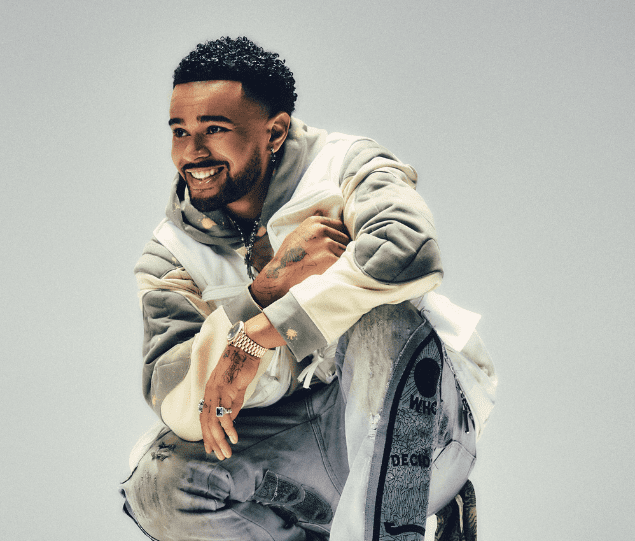
Chalumeau Brings Joy and Resilience This Holiday Season with New Single “Candombe”
This holiday season, Chalumeau —the innovative duo of Katherine Bergeron and Butch Rovan—invites you to embrace the rhythm of resilience with their uplifting new single, “Candombe.” Infused with the Afro-Latin rhythm that shares its name, the track transforms heartbreak and betrayal into an anthem of empowerment and renewal. With vibrant grooves, layered horns, and evocative lyrics, “Candombe” delivers a rhythmic call to action, reminding listeners to confront life’s challenges and keep moving forward—both on the dance floor and in life.
Perfectly timed for the season of joy and reflection, “Candombe” is a celebration of strength and transformation. The accompanying lyric video, with its striking black-and-white visuals of dancers and musicians, amplifies the song’s powerful message of renewal. Available now on all streaming platforms, Chalumeau’s latest release is the perfect soundtrack to close out the year with hope, energy, and a renewed spirit.
The refrain, “How can you stay if nobody wants you?” shifts from confusion to clarity. How did you approach this emotional transformation in your songwriting and arrangement?
In our songwriting classes, Butch and I often talk about the kind of transformation that can happen during a song’s bridge. The bridge is not just another verse: it’s a gauntlet the song passes through to find a different side of itself, a different truth. That’s essentially what happens in “Candombe.” At the bridge, everything changes—harmony, melody, mood, declamation, instrumentation, perspective—as the singer faces reality and sees that the relationship she’s been in is a one-way street. Here, she even reaches her lowest note, with the words “that’s why you dared to say,” just before launching into the final chorus. And as you note, the chorus changes here into a new question (“How can you stay?”). Now, in a typical song, this chorus-after-the-bridge would be the point where the song ends, but there was still more to say, so we added one more verse as a kind of after-story (“Now that it’s over.”). Everything drops out but the drumming. The singer, alone, recognizes that things could have been very different if her lover had simply told the truth. And it’s here that the question “How can you stay?” takes on a different meaning because the protagonist sees that it’s really her choice—and in her best interest—to leave. Amazing what crossing a bridge can do for you!
The song is described as a “call to action.” What do you hope listeners take away from “Candombe” beyond its danceable groove?
“Candombe” is an invitation not just to move on the dance floor but also to move on with your life. So, in a sense, the danceable groove is part of the message. The song is saying: don’t get stuck. Everything becomes possible if you keep moving. And the track helps you do that!
How did the original concept of “Turn on Me” evolve into “Candombe,” and what creative decisions led to that transformation?
The first draft of the song was more of a laid-back bluesy concept called, yes, “Turn on me,” and it featured a one-line chorus: “How can you stay (if nobody wants you)?” But as we were trying to find the right groove, Butch remembered the candombe, a pattern he had learned years before from an Uruguayan songwriter, so we adapted that pattern, and it changed everything. For one thing, the rhythm isn’t laid back. For another, the dance now becomes the song’s driving force, which means the words of the chorus had to change, too. We revised the original question (“how”) into a matter-of-fact statement about the dance (“You can’t candombe [if nobody wants you]”). But there’s a twist. The words say “you can’t” while the candombe says “you can,” the implication being that, even when life seems to say “no,” you can still say “yes.”
What challenges or surprises did you encounter while incorporating a reinterpretation of the candombe rhythm into a contemporary song?
The biggest surprise for this song was how well the horn section amplified the basic groove. The horns become like another persona, shouting from the side lines, as in a call and response. The singer says “You can’t!” and, in the gap, the horns shout back “can!” like a musical exclamation point. The interplay really ramps up the energy.
With the holiday season here, how do you see music bringing people together, especially during moments of joy and resilience like those portrayed in “Candombe”?
One of the most profound things about music—and especially song—is the power it has to bring people together. As we often tell our students, songs are a powerful means to measure and express the love, anger, desire, pain, and joy that make us human. Songs give voice to things that we cannot articulate; they define different times and places in our lives; and in that way they create communities.
Do you have any holiday traditions as a duo, whether musical or personal, that inspire your creativity during this time of year?’
We like to sit at the piano and improvise our own four-hand arrangements of well-known tunes. Between the two of us, we can fake a pretty good Professor Longhair (!) — and we recently fooled around making fun New Orleans-style versions of some old Christmas standards. At any rate, playing and singing—with each other and with family—are an important part of our tradition.
If you could add a festive touch to “Candombe,” how would you imagine it fitting into a holiday celebration?
Well, since “Candombe” is based on a dance typically performed during Carnival, it’s pretty festive already…..! Carnival is about celebration and rebirth, and the candombe is central to that. But another thing I might add is that the holidays are often a time when we come to terms with aspects of our lives, and this song could end up being just the catalyst for change that you need for a New Year.
What’s on Chalumeau’s holiday playlist this year? Are there any classics or surprises?
Off the top of our heads, we’d say: Dexter Gordon, Chet Baker, James Brown, Charles Brown, Patti LaBelle, Elvis, Bob Dylan, and Handel’s Messiah, of course! You tell us if anything on that list surprises you…
As we look toward the new year, what are Chalumeau’s hopes and plans for 2025? Can listeners expect more music or live performances soon?
Yes! We have been blown away by the positive response to our music so far and are excited to share more! Right now, we are working on new releases for January and February. Both are dance songs: the first is a jazzy swing number called “Lies” about the ways people allow themselves to be deceived and the kind of people who prey on that. The second is a song called “La Vérité” (which means “The Truth” in French), and it’s a French bossa nova with a no-holds-barred declaration of fact and feeling addressed to an ex-lover…. just in time for Valentine’s Day! We have other songs lined up for March and April and expect to bring out our full album, called “Blue,” sometime in June or July. And yes, we are looking to take the band on the road later in the spring as well. It will be wonderful to add a face-to-face audience to the generous audience of online listeners we have already found.
As an extra gift for the holidays, Chalumeau has also released a surprise video: Rudolph the Red-Nosed Reindeer / Mustang Sally, an engaging mash-up that showcases their playful, festive spirit. Taking a short break to rock one of their favorite Christmas tunes—and, of course, to look after their reindeer—Chalumeau invites fans to join in the holiday cheer.




